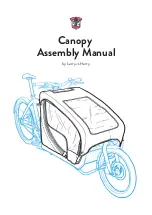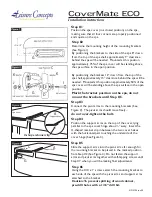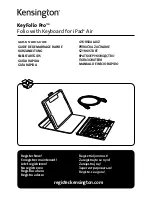
User manual for all Battery Extra EX01 lead acid battery
models 12, 12/24, and 12/24/36/48 Volt
BATTERY EXTRA USER MANUAL
PLEASE READ THIS MANUAL BEFORE USING YOUR BATTERY EXTRA
The
Battery Extra (BE)
is an electronic accessory, it is designed to be attached to lead acid
batteries or battery packs. It uses the power from the battery to extend the life of new batteries. It
will also revive many weak or old batteries that are thought to be dead or need replacing.
The
BE
is not a battery charger, it works in conjunction with your existing charger. It is fully tested
and complies with EU safety regulations for EMC emissions, so it cannot affect the operation of
any other electronic device fitted to you battery system.
The
BE
creates wide range of frequency signals, that are designed to dissolve the sulphate
crystals that builds up on both the negative and the positive plates of a lead acid battery, and
reduce its capacity. Dissolving the sulphate crystals back into the electrolyte decreases the
internal resistance of the battery, and raises the specific gravity. This ensures that you will keep or
return your batteries to their maximum capacity. It works during both charge and discharge cycles.
The
BE
will work on all types and brands of lead acid battery, including GEL, AGM, Maintenance
Free, Deep Cycle, Sealed and Leisure.
The
BE
will not recover bad batteries with shorted cells, open circuit cells or sealed batteries that
have dried out. It can sometimes be possible to add water to sealed batteries and then recover
them using the BE. Some examples of how to add water to dried out batteries can be found on
youtube.com search "add water to SLA batteries".
We recommend that you test for a bad battery before using the BE to recover your batteries.
It is also worthwhile to consider why batteries sulphate and then see what you can do about
stopping it in your batteries. The main causes of sulphate build up are; sitting too long between
charges, long storage without some type of energy input, undercharging, low electrolyte level,
incorrect charging levels and settings. Also, when connecting a number of batteries in parallel
using simple daisy chain connections can often cause the end batteries in the chain to be
undercharged, sulphate and fail. Email us for a better way of wiring your batteries.






















